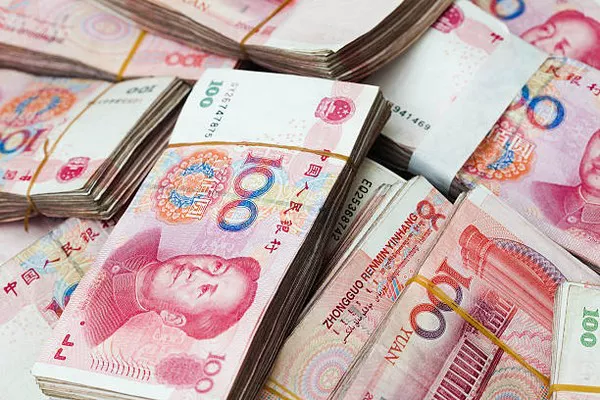The exchange rate between the Chinese yuan (CNY) and the US dollar (USD) is a critical economic indicator. It reflects the relative strength of the two currencies and has significant implications for international trade, investment, and monetary policy. In this article, we’ll explore the factors that influence the yuan’s strength and how it impacts both China and the global economy.
The Importance of the Yuan-USD Exchange Rate
The yuan-USD exchange rate holds profound importance due to its various implications:
Trade Balance: The exchange rate affects the value of imports and exports. A stronger yuan makes Chinese exports more expensive but reduces the cost of imports, impacting trade balances.
Inflation: A stronger exchange rate can help control domestic inflation by making imports cheaper, thus influencing the overall price level within the economy.
US-China Trade Relations: The yuan’s exchange rate has been a contentious issue due to China’s large trade surplus with the United States, contributing to tensions between the two economic powerhouses.
Factors Influencing the Yuan’s Strength
a. Economic Fundamentals
Economic Growth: A robust Chinese economy contributes to a stronger yuan by bolstering investor confidence and attracting foreign capital.
Interest Rates: Higher interest rates attract foreign capital, strengthening the currency as investors seek higher returns on their investments.
Inflation: Low inflation supports currency appreciation as it enhances the purchasing power of the currency.
b. Government Intervention
PBOC (People’s Bank of China): The central bank manages the yuan’s exchange rate and occasionally intervenes to stabilize or adjust the currency to maintain stability within the economy.
Currency Peg: Historically, China maintained a fixed exchange rate, but it now allows more flexibility, albeit with occasional interventions to prevent excessive volatility.
c. Trade Surplus and Capital Flows
Trade Balance: China’s trade surplus impacts the yuan’s value. A surplus typically strengthens the currency as it reflects higher demand for Chinese goods and services.
Foreign Investment: Capital inflows strengthen the yuan as foreign investors purchase Chinese assets or invest in the country’s economy, increasing demand for the currency.
Strategies for a Stronger Yuan
a. Gradual Appreciation
Managed Float: China aims for gradual appreciation rather than sudden spikes, allowing for smoother adjustments in the exchange rate.
Market Forces: Allowing market forces to influence the exchange rate enables more efficient price discovery and adjustment mechanisms.
b. Structural Reforms
Financial Liberalization: Opening up financial markets attracts foreign investment and enhances the role of the yuan in international trade and finance.
Structural Changes: Rebalancing the economy toward consumption and services reduces reliance on exports, thus mitigating pressures on the exchange rate.
Impact on China and the Global Economy
China’s Exports: A stronger yuan makes Chinese goods more expensive for foreign buyers, potentially reducing demand for exports and impacting export-oriented industries.
Domestic Consumption: Cheaper imports benefit Chinese consumers, leading to increased purchasing power and potentially stimulating domestic consumption.
Global Trade: The yuan’s strength affects global trade dynamics by influencing the competitiveness of Chinese goods and altering trade balances between China and its trading partners.
Conclusion
The yuan’s strength is a complex interplay of economic factors, government policies, and global dynamics. As China continues to open its markets and balance economic growth, the yuan’s role in the international financial system will evolve. Understanding these dynamics is crucial for investors, policymakers, and businesses worldwide.
In summary, a stronger yuan benefits China’s domestic economy but poses challenges for its export-oriented industries. Balancing these interests requires careful management and strategic reforms.


